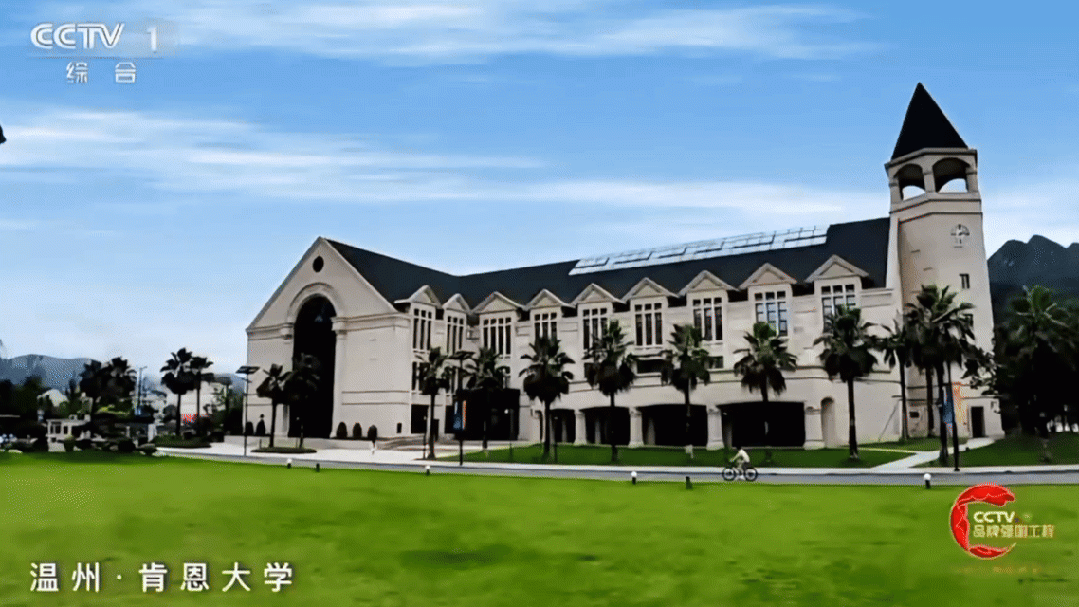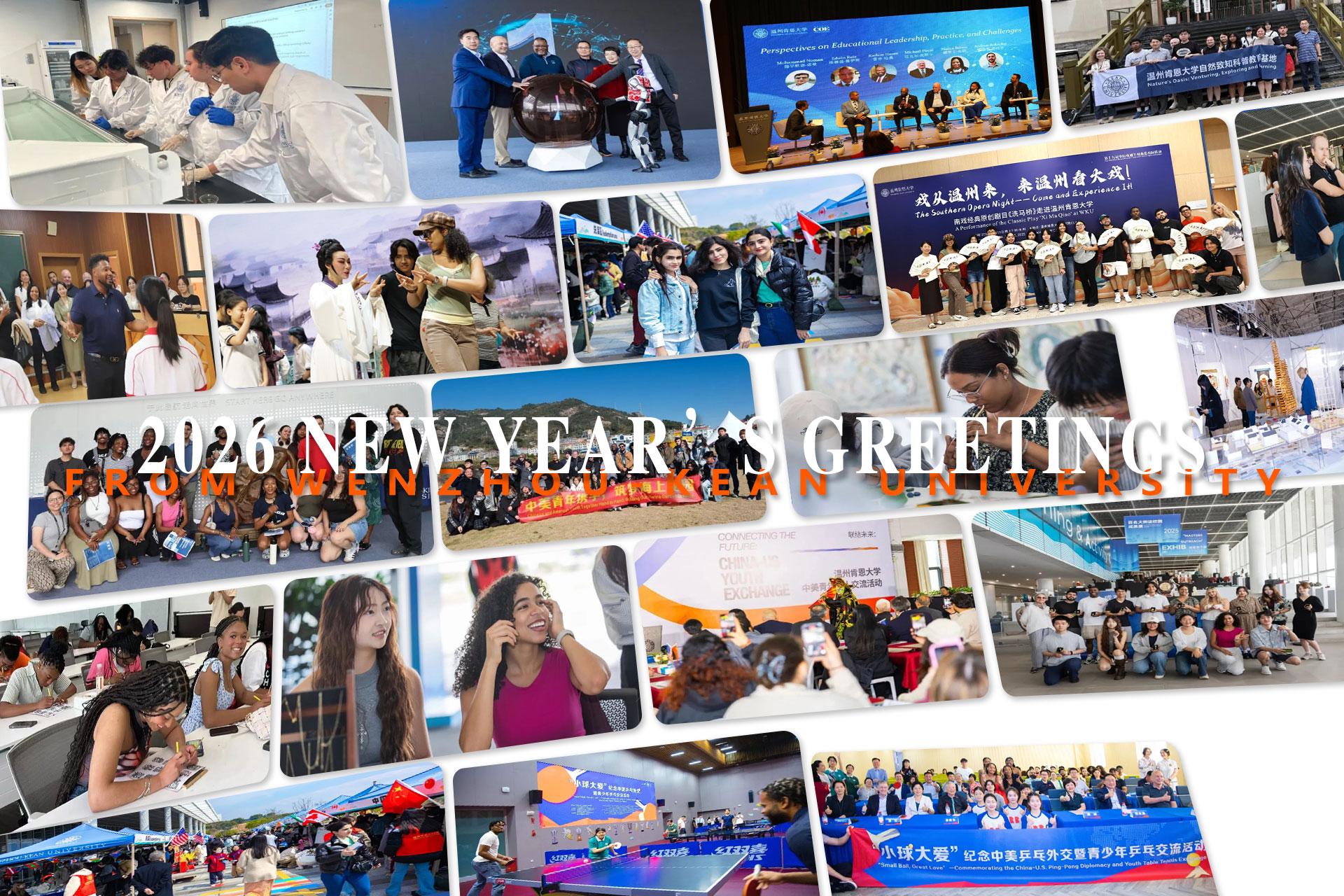How one UCDA member left China at the height of COVID-19

PRIOR TO THE COVID-19 OUTBREAK, LIFE WAS NORMAL IN WENZHOU, CHINA, WHERE RANDY CLARK IS AN ASSISTANT PROFESSOR IN GRAPHIC DESIGN AT WENZHOU-KEAN UNIVERSITY (WKU). WUHAN, THE EPICENTER OF THE CORONAVIRUS, IS ABOUT 530 MILES WEST AND SLIGHTLY NORTH OF WENZHOU. IT LIES AT THE INTERSECTION OF THE YANGTZE RIVER AND HAN RIVER. IT HAS A POPULATION OF AROUND 11 MILLION PEOPLE AND IS THE CAPITAL OF HUBEI PROVINCE. WUHAN ALSO BOASTS OF MANY CULTURAL OFFERINGS, AND IS A MAJOR CITY IN CHINA.
The opportunity to teach in China came about rather unexpectedly for Randy Clark (pictured right).
Distinguished Professor Robin Landa from Kean University (Union, New Jersey), the prolific author of over 20 graphic design books, contacted Randy via LinkedIn about endorsing her. From there a friendship was formed. Later, while Randy was on sabbatical, he asked if he might spend a week with Kean University design faculty and students. It was during their “Thinking Creatively” Student Conference he was given the opportunity to be a presenter. He also met design legend Gail Anderson at this conference, leaving him to feel both honored and humbled.
Other graphic design faculty that Randy had the opportunity to meet were: Denise Anderson, Ed Johnston, and an excellent director (now the associate dean) Rose Gonnella. Theirs was a very solid program, and off in the distance was a future campus in China. They asked if perhaps he would be interested?
Having been to China many years earlier during an ICOGRADA conference in Beijing, Randy took the opportunity to bring his wife, as he knew it would be the only time they would likely go in their lifetimes.
THE GUARDS WERE ALWAYS COURTEOUS.
THE UNIVERSITY WAS PRACTICALLY DESERTED AND NOTHING WAS OPEN ANYWAY. THEY HAD THEIR NICE APARTMENT, AND HBO AND NETFLIX.
Rounding out 16 years at South Dakota State University, Randy was then the coordinator of the graphic design program within the newly created School of Design. It was a point in his career that he knew it was time for a change.
THE PATH TO CHINA
When the posting for the graphic design position at the newly opened Wenzhou-Kean University became available, Randy answered the ad. Since he already had solid relationships with most everyone at Kean, and hopefully had left a good impression, Randy thought he had a good shot at getting it.
There were a series of interviews; the search committee, the Chinese students (via Skype), and the human resource director. He felt both exhilarated and relieved when he ultimately received the offer. From that point on, Randy and his wife went about arranging their affairs, sold their home in South Dakota, and worked through the visa process. They jumped into their Honda Element on a Saturday morning and drove to Dallas, Texas, where one of their daughters lives, driving straight through ultimately arriving at 2 a.m. on Sunday morning.
They received a flight itinerary via email to leave on the following Thursday, and off they went!
From Dallas to Los Angeles to Guangzhou to Wenzhou China.
Once they arrived in Wenzhou, they really had no idea what would happen. The two collected their luggage and saw a couple of people waving at them. It was the university welcome team there to pick them up. A feeling of relief and happiness washed over them.
Another faculty member arrived shortly thereafter, and they all were loaded into a large jitney. It was 12 midnight, and they had been traveling for nearly 30 hours. Eventually, they were escorted to what would be their new home, an apartment on the 9th floor of a housing complex where their Chinese hosts gave them a quick rundown of where to buy groceries and catch the university shuttle to campus.
The apartment was spacious and far beyond their expectations. The next morning, they went out on their balcony and marveled at their amazing view of the city and the mountains. That apartment would be their home for the next 18 months.
In December of 2019, Randy’s wife’s school (as the vice principal of the Wenzhou-Kean University Experimental Kindergarten) ended. Most of the faculty of WKU had already left for the winter break between semesters. Shopping was normal. During that time, he and his wife would often would go to one of Wenzhou’s many superb restaurants. They took full advantage of China’s amazing mass transit system and could travel most anywhere.
They had since moved to the faculty apartments on campus. Although they missed their old apartment, logistically they were close to work and campus activities. Their new spacious and nicely furnished apartment was on the bottom floor where they had a large veranda outside their bedroom.
THE VIRUS EMERGES
In late 2019, the COVID-19 virus emerged in the area. Thankfully none of their students or faculty were infected with the virus. Although Wenzhou had the most infections after Wuhan, the total number was around 500. Wenzhou is a city of almost 10
million people. After 4 weeks or so, the virus was successfully contained. Thankfully, they were never in danger of getting the virus.
Being quarantined in another country was not as they expected, but it wasn’t unpleasant. They were now into January. This was during the Chinese Lunar New Year, and most businesses were already shutting down. Buses and taxis were still running. The village across the street from campus still had fresh produce stands, and some of its restaurants remained open. Then the order came down from the government for each housing area to quarantine.
The university also instituted some new rules. No one was to leave or enter the campus, with the exception of the guards and a skeleton staff. The cafeteria remained open, but the convenience store was shuttered. The human resources department
would take their food order and work directly with the cafeteria.
“It must be mentioned that ALL of the eastern providences were under a similar quarantine,” Randy recalls, “with only one family member allowed to leave their area for food every other day. While we were restricted to campus, please remember that WKU is quite large, and one could easily jog and walk around.”
The guards were always courteous. The university was practically deserted and nothing was open anyway. They had their nice
apartment, and HBO and Netflix.
WKU is an English speaking only university. Most of the students have basic to advanced conversation skills. Many have attained an English fluency even getting the American accent down perfectly. Thankfully, language with the students at WKU is rarely an issue.
The Chinese community at large are a different story. One thing to be aware of is that the Chinese love Americans. They are gracious, patient, and kind. As Americans, they were treated with kindness and courtesy. At times a taxi might swerve in crowded traffic to turnaround and retrieve them, simply for the honor of transporting Americans.
By far the majority of Chinese do not speak English, however. But in Wenzhou, they have their own dialect of which the average Chinese doesn’t understand. The Clarks were armed with their iPhones replete with a program called Google Translate. Once English is spoken into it, the technology translates it to Chinese. The Chinese do the same thing for Americans. It’s uncanny. Also, the Chinese are quite intelligent and clever and will often find other creative ways to communicate.
Every time Americans would enter a restaurant for the first time the restaurant staff would appear to temporarily panic. Eventually one brave yet nervous Chinese server who had some rudimentary English skills would tentatively approach them to get their order. Before long, all would be engaged in a lively conversation that easily lasts 15 minutes. Once in a grocery store, the person stocking the shelves, stopped to help them speaking in perfect fluent English.
At one point they were at the mall with the intent of purchasing new glasses (Wenzhou is a huge manufacturing city of eye glass frames). The people at the counter communicated with them with their smart phones, as they did with theirs. Suddenly, one of the customers approached them and asked if she could help. Although it was evident she was Chinese, they thought she might be a Chinese American, because she had all the inflections of the language down. She later told them that she was married to an American.
English is the second language in China, and is taught at every level of school, from kindergarten through college. Every sign is in both Chinese and English. Every product on the shelf is bilingual. Even the bus ride to go to downtown, over the speakers,
every stop is announced in Chinese and English. There are less than 200 Americans in this city of close to 10 million people!
Of the 100 stations offered on cable TV, there are, at any given time, a dozen of so movies/programs in English. There is even an English learning channel.
THE LOCKDOWN
By early February, Randy confirms that Wenzhou, like much of China, was in total lockdown. People were quarantined and asked to stay in their respective homes/villages/ housing complexes. Things were as tight as a drum. No one was allowed outside their respective neighborhood.
“I was amazed that the Chinese seemed to immediately understand the gravity of the situation, and complied without complaint.” Randy said. “Volunteers secured their neighborhoods, not letting anyone in or out. This country has always been
about the collective. Their unity was in this cause was admirable. The way the Chinese government handled things, was equally impressive, and gave everyone assurance things were being handled correctly.”
FIRST ORDER OF BUSINESS WAS TO HAVE THEIR TEMPERATURE TAKEN ALONG WITH FILLING OUT EXTENSIVE MEDICAL FORMS. THE MEDICAL PERSONNEL WERE ALL DRESSED IN HEAD-TO-TOE HAZMAT SUITS, GOGGLES, AND GLOVES.
Thankfully, WKU has very strong university leadership. The Chinese staff are equally very competent. Randy received daily communication from the human resources department, and were assigned a staff member who personally looked over their personal well-being.
RETURNING HOME
By February 6, the university asked that they return to the United States, and sent word out that they would take care of their travel out of China. The day the Clarks left, their apartment guard took them to the back gate for their arranged ride to the airport. They were not permitted to leave without special permission, which ultimately came via a phone call from the university.
Randy remembers, “The streets were deserted, with only occasional traffic on our return to the airport. Our driver had to get a special permit to be on the streets.”
When they arrived at the international airport, there were few people there. First order of business was to have their temperature taken along with filling out extensive medical forms. The medical personnel were all dressed in head-to-toe hazmat suits, goggles, and gloves. First they passed their luggage through a scanner, then off to the ticket counter. They then went through the exiting China process, and then through another extremely thorough security screening.
When they arrived in Korea, they experienced the same thing. Very professional, very thorough. When they arrived in San Francisco on February 7, however, they were surprised at their reception—nothing. No medical personnel, no fanfare whatsoever. They were shocked at the indifference of the custom officials, as if the Novel Coronavirus would not dare enter
the United States. Sadly, the country is paying for that now.
“Upon returning stateside, I think we all faced the same challenges of online teaching,” expressed Randy. “The lack of seeing a student’s body language. The inability to be able to help a student learn clipping paths in Photoshop or InDesign. Certain web attitudes and expectations that are difficult to make work in teaching design.”
“Having said that, there have been positives. Teaching is happening. Learning is occurring. Vibrant exchanges of ideas and opportunities of individual conversation with students through the online Discussion Queue is becoming fluid,” he continues.
“As the semester progresses, both teacher and students are adapting and learning more about this platform. It has become
comfortable, and the possibilities for the growth of distance-learning is evident both domestically and internationally.”
BACK TO CHINA
As always, there is good news and there is bad news. Due to the pandemic and our country’s inability to control it, China has
closed its borders to all foreigners. However, China is selectively allowing a very few Americans back into its country. “My wife
and I are in process of applying for a visa” Randy told us early July.
“ …THERE HAVE BEEN POSITIVES. TEACHING IS HAPPENING. LEARNING IS OCCURRING…
IT HAS BECOME COMFORTABLE, AND THE POSSIBILITIES FOR THE GROWTH OF DISTANCELEARNING IS EVIDENT BOTH DOMESTICALLY AND INTERNATIONALLY.”
ABOUT RANDY CLARK
Randy Clark graduated from the University of Utah with a B.F.A. in Art with an emphasis in Graphic Design in 1978. He was at the time working at a family print shop doing prepress and customer art work. None of it was glamourous, but he really enjoyed it at the time. From there, Randy did a bit of job jumping, from pasting up newspaper ads for a sports store to becoming an art director of a local television station (KTVX Channel 4) to a designer for Abbott Critical Care to being an art director for a small
advertising agency.
He found his big break was when he was hired as the art director of a regional family-based entertainment company “Living Scriptures,” which produced and sold Bible and American History Animated videos. Randy got to work with such talents as Lex de Azevado, Richard Rich, and Orson Scott Card. There was an insane amount of work, but the company and more specifically, the owner, Jared Brown, cared deeply for their employees. It was a little company that had big dreams and went about achieving them.
Randy was offered a job in Dallas, Texas with a sister company, Nest Entertainment. From there jumped to an automotive aftermarket firm, Saddleman. It was there that he was able to design point of purchase displays and packaging for and with
Warner Brothers, PEP Boys, and WalMart, to name a few.
At this time, Randy was living in Logan, Utah in a home 3 blocks from Utah State University. After becoming acquainted with its design faculty he was hired on as an adjunct professor with the full support of his employer. In time, he attended their graduate program, graduating in 2002 with his M.F.A.
Two years prior, he was hired as an instructor at South Dakota State University on the condition that he earn the graduate degree in that time span. Upon completion of the degree, he was awarded a tenure track position as assistant professor. He eventually received tenure and the rank of associate professor.
ABOUT THE AUTHOR
Ella Rue is from New Jersey and has been telecommuting since March 17. She works in Jersey City, NJ, as the director of creative services in the office of Marketing and Communications at NJCU. The Covid-19 pandemic has likely permanently altered the higher education landscape. Once all instruction was moved online at NJCU, all in-person events were cancelled essentially deleting nearly half of the job queue of event marketing for the marketing department. Like so many other institutions of higher learning across the country, the COVID-19 virus has left the higher education landscape altered
in ways we have yet to realize. These may result in positive changes, but change is no doubt on the horizon.
by Ella Rue
Illustrations by Halid Ozgur




